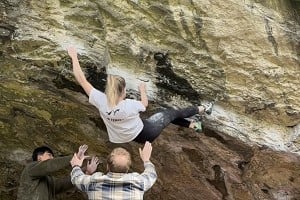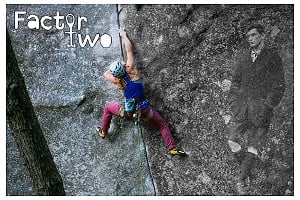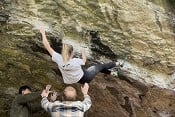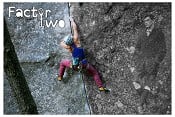In reply to Mr Lopez:
> (In reply to no_more_scotch_eggs)
>
> [...]
>
> Shit happens.
>
thats actually quite a nice put summary of the findings- as they would suggest that the risk does not seem to be modifiable by experience- its more like every time you enter that environment, you shake the dice...
possible confounder though- would it be likely that people going on multiple expeditions would generally be trying something harder each time- so an increase in danger may be offset by an increase in experience, though some risks can only be managed by spending as little time in that environment as possible, as andy says
shame the format of new research reports is so short in the BMJ, no space to discuss any of these possibilities









